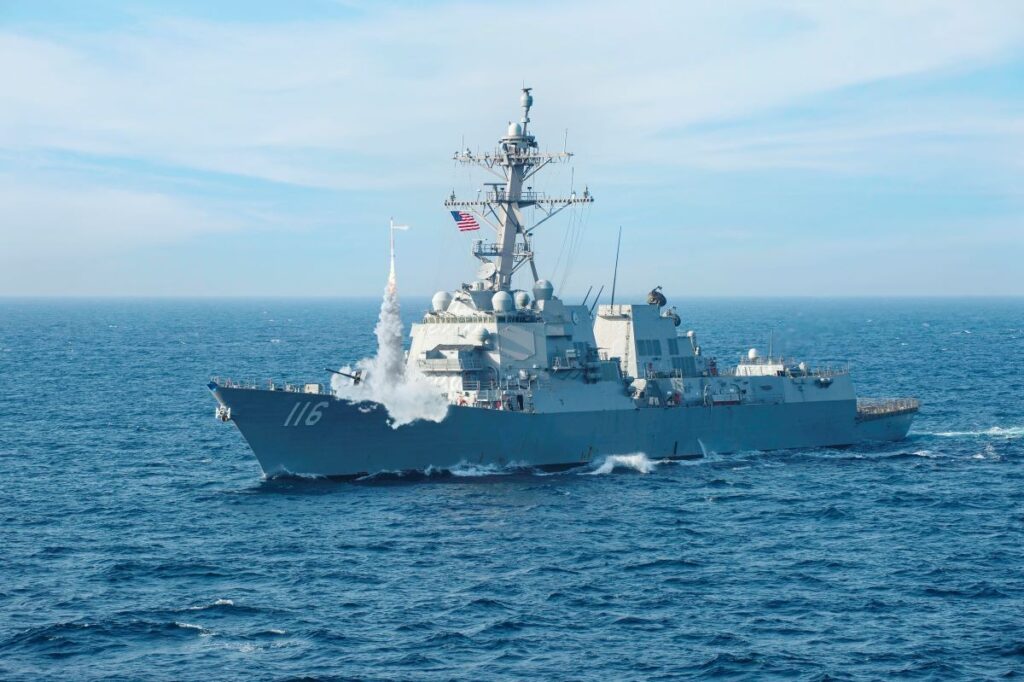
Lockheed Martin (Booth 1001) recently completed a successful Flight Test Aegis Weapon System-32 using the combat system to intercept a medium-range ballistic missile target using the Standard Missile-6 Dual II software upgrade.
The test, supported by the Missile Defense Agency, U.S. Navy, and Lockheed Martin, tested a real-world scenario and proved the versatility and strength of the Aegis Combat System, showing the latest weapon system configuration can defeat this class of threat working with the SM-6.
“We rapidly advance and integrate our technologies to ensure the U.S. Navy has the capabilities its Sailors need to meet their toughest missions today and tomorrow,” said Amr Hussein, vice president and general manager of multi-domain combat solutions at Lockheed Martin Rotary and Mission Systems. “This flight test utilized the latest updates to Aegis Baseline 9, which improves tracking, identification and intercept capabilities to solve for evolving, complex threats.”
Lockheed Martin is the Combat System Engineering Agent (CSEA), responsible for the design, development, integration and test of the weapon system that successfully planned, searched, tracked, and conducted the engagement of the target, including launching and guiding the SM-6 intercept.
In response to written questions from Seapower, the company said the effort tested its latest designs as it continue to evolve and improve the system to defeat ever evolving and challenging threats.
The company has already integrated more than 60 into the Aegist Combat System, including a range of effectors and sensors, both domestically and for six international allies.
PAC Test
The company also investing in technology enhancements to integrate PAC-3 Missile Segment Enhancement (MSE) into the MK 41 Vertical Launching System to support employment with the Aegis Weapon System.
This integration would deliver a hardened defense to maritime fleets using an existing, well-tested interceptor to defends against threats including tactical ballistic missiles, cruise missiles and aircraft.
The company plans to participate in a live-fire event this year, although events are still largely under wraps. Last year, the company participated in an S-Band radio test which simulated the radio that Standard Missiles and others use to get midcourse guidance.
“That was a successful test, so all of the major lab-based, shore-based tests without doing a live fire have been successfully completed,” Tom Copeman, vice president of naval systems and strategy for Lockheed Missiles and Fire Control, told Seapower in an interview. “… All prepping for a live-fire event which is scheduled for 2024.”
The Aegis Combat System has a long and successful record, and the PAC-3 has a lengthy pedigree as well, “so we’re confident that the marriage of these two very, very mature systems will yield a much-improved capability for the United States Navy if they choose to move forward with it,” Copeman said.
The number of Aegis Weapon Systems and PAC-3 missiles could lead to a somewhat widespread use in the fleet should the Navy choose to go that route, and Copeman said “we’ll continue to internally invest to keep the project moving, so if they do decide to go, it could be fairly rapidly implemented if the Navy says they want to do it.”
“Think about the capacity that will enable, which is really a huge capability that we can give the U.S. Navy,” Hussein said.






